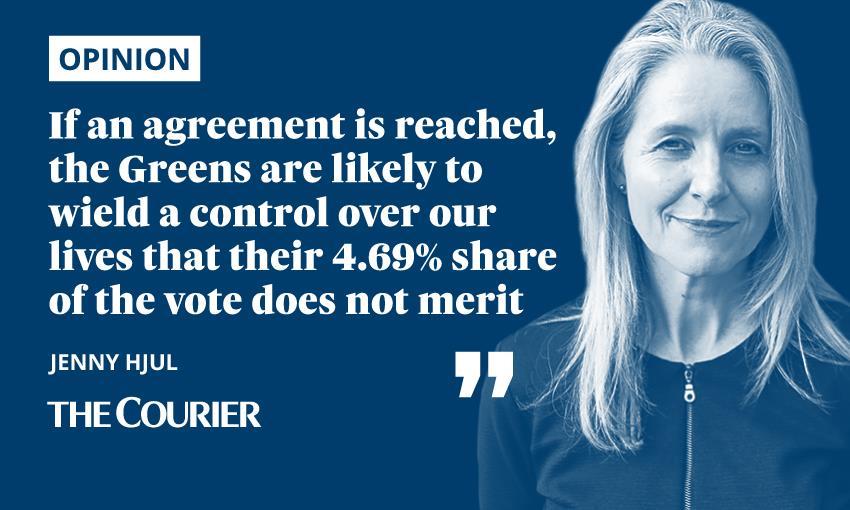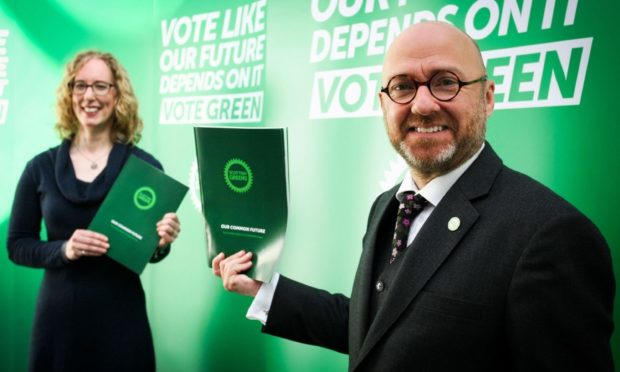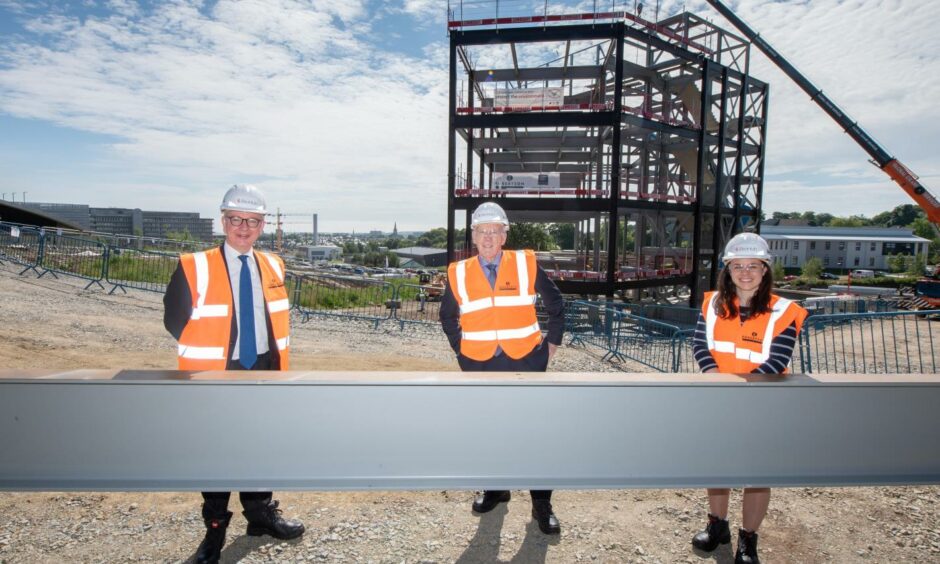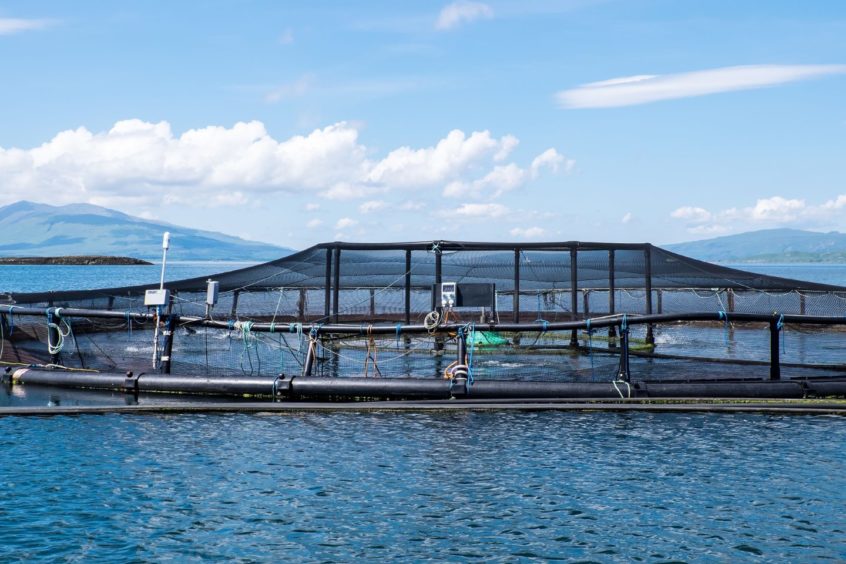Michael Gove has joined a growing list of people anxious about any power sharing deal the SNP strikes with the Scottish Greens over the summer.
During a visit to his home town of Aberdeen on Monday, the Cabinet Office Minister warned the Greens would be bad for the city, bad for the north-east, bad for the oil and gas sector, bad for jobs and bad for investment.
He could have added bad for Scotland because a party that has shown itself to be anti-growth will be worse than useless in this country’s post-Covid recovery.
Gove urged the Scottish government to keep the Greens at arm’s length to protect the economy, timely advice as ministers continue deliberations with the minority party during the parliamentary recess.

When Nicola Sturgeon failed to gain an outright majority in the Scottish elections in May, no one was surely happier than the pro-independence Greens, co-led by Patrick Harvie and new MSP Lorna Slater.
In the past, their small band of MSPs have helped the Nationalists get their budgets over the line but this time, Sturgeon is looking for a more formal cooperation, that stops short of a coalition.
In two months, no details of what this arrangement might entail have emerged, but fears of a mini Green takeover have escalated among moderate Scots.
If an agreement is reached, the Greens are likely to wield a control over our lives that their 4.69% share of the vote does not merit, and will almost certainly be given at least one ministerial post, not to mention a convener role on committees.
Gove was right to highlight the threat posed by Harvie and Slater to 100,000 North Sea jobs, which would bring the region to its knees.
His comments came as he toured the Net Zero Technology Centre in Aberdeen, formerly the Oil and Gas Technology Centre, which champions a future of integrated energy that includes oil and gas.
Other sectors are also quaking at the prospect of the Greens’ manifesto pledges being put into practice if the SNP is forced to make concessions to bring the party on board.
Livestock farmers are rightly concerned over Green proposals to support a reduction in meat and dairy production and re-purpose farm land for hare-brained rewilding schemes.
Threats on land and at sea
The livelihood of much of Scotland’s rural labour force would be in jeopardy, with Green plans to outlaw hill farming and field sports, to make room for mass tree planting and eco tourism.
The Scottish Gamekeepers Association chairman, Alex Hogg, said in May: ‘Lorna Slater and Patrick Harvie’s clinical cull of jobs, using emotive labelling, is not about biodiversity and climate – it is a misguided class war that will actually sacrifice over 13,000 rural workers and their families.’
And salmon farmers are justifiably wary too of the so-called environmentalists, who make no secret of their bizarre bid to ban low carbon marine farm sites in favour of rearing fish in higher densities on land.
The Scottish Salmon Producers Organisation said a possible SNP-Green deal is alarming its members, with the smaller party’s policies prejudicing the £2 billion sector’s future and thousands of jobs.
There is not much new, though, in the Greens’ mission to halt progress; they have long opposed development that advances civilisation.
But the Scottish party’s departure from its ecological roots and adoption of unrelated causes has alienated even its own members.
Earlier this month, the former Scottish Green leader Robin Harper bewailed the party’s obsession with constitutional upheaval.
‘Independence distorts and distracts from the very powerful messages we should be pushing in relation to climate change,’ said Harper, calling for a return to core issues.
More sinister, a cohort of extremists appears to have hijacked the Scottish Greens to further its radical agenda on transsexual politics.
Gender dividing Scottish Greens and SNP
Last week, 155 Scottish Green party members, including councillors, wrote to their leaders, questioning any pact with the SNP and accusing the Nationalists of transphobia.
This has become a particularly divisive debate in separatist circles, with tensions ratcheting up over the SNP’s gender recognition legislation.
This goes too far for many, with its plan to make it legal to self-declare as a different gender without medical certification.
But it clearly doesn’t go far enough for some in the Scottish Greens, who have lashed out at ‘gender critical’ Nationalists.
Happy Pride Month from everyone at the Scottish Greens! 💚🏳️🌈🏳️⚧️ #Pride2021 pic.twitter.com/6maUQ5BbrT
— Scottish Greens (@scottishgreens) June 1, 2021
‘Gender critical’ beliefs hold that the biological sex you are born with is immutable, unlike gender identity, which can change.
It is hardly a subversive view but there is an element within the Scottish Greens that advocates a hard line in transexual politics, and intolerance towards anyone who disagrees.
Not surprisingly, internal polling among Scottish Green rank-and-file shows little appetite for prioritising trans arguments over environmental matters.
Scots have good reason to share Gove’s worries about a Green power grab and the promotion of ideas dangerously out of tune with mainstream Scotland.


